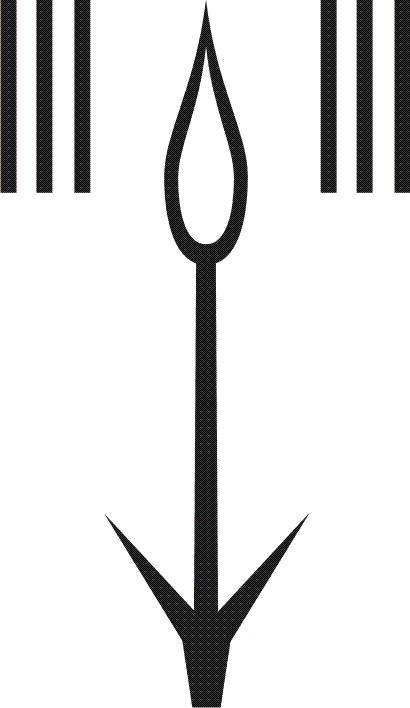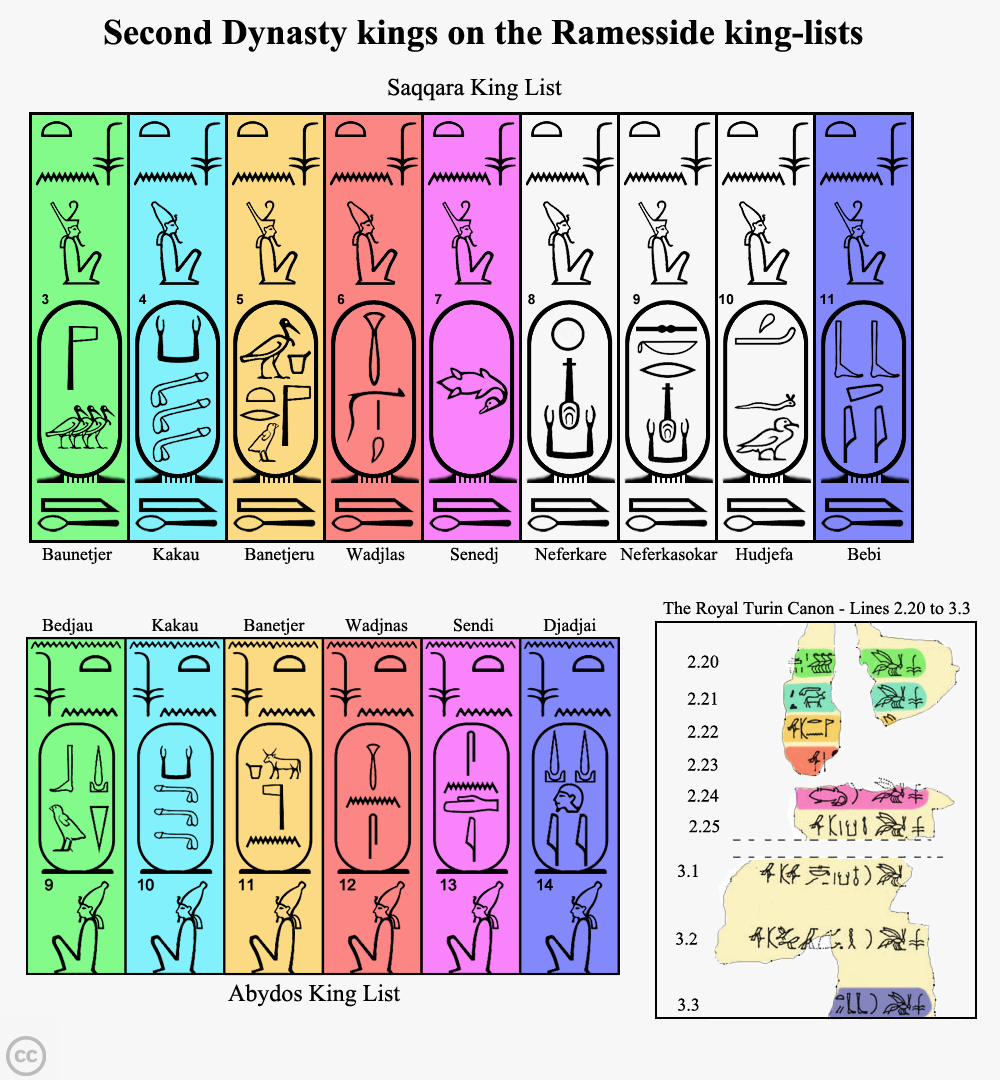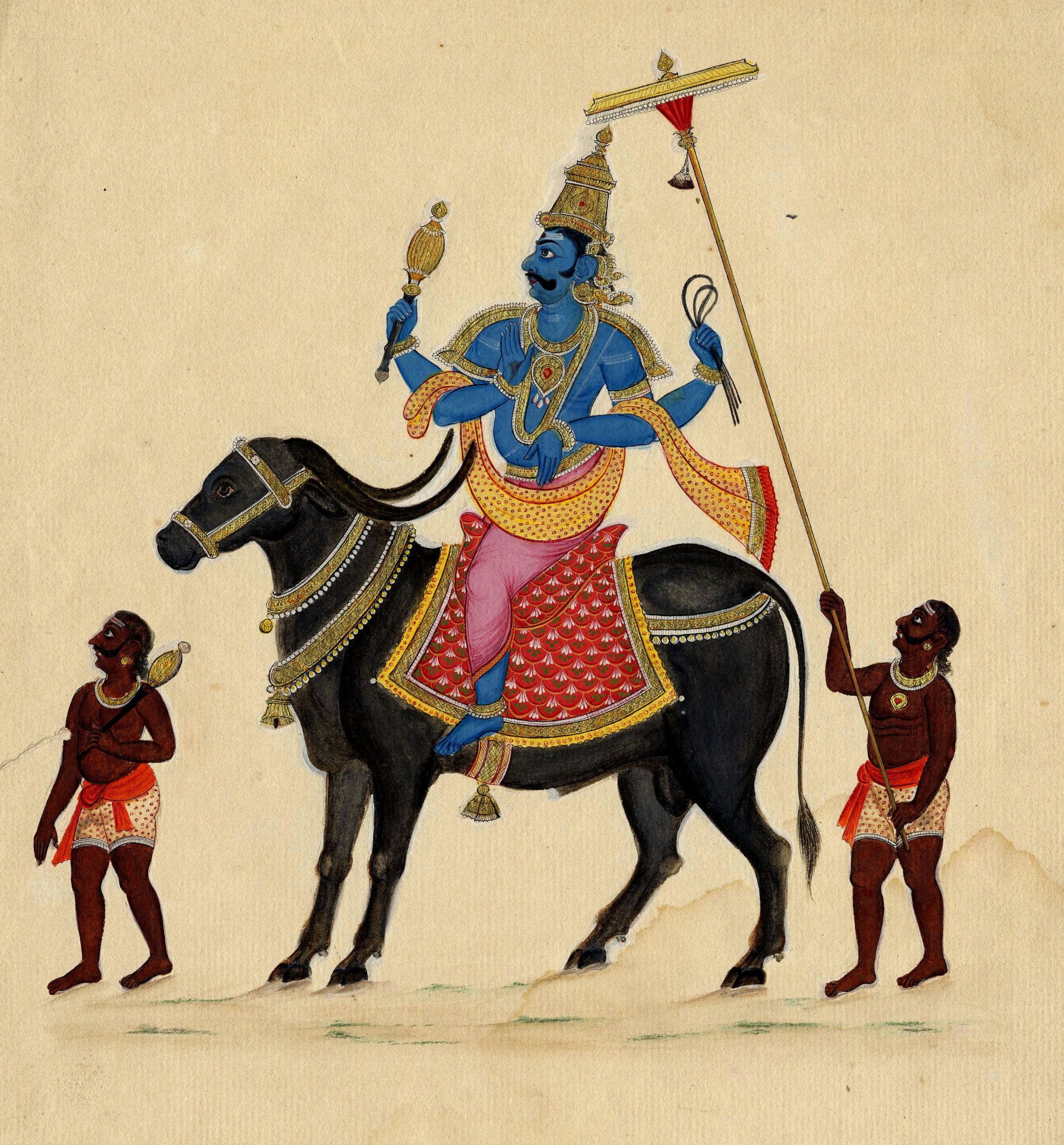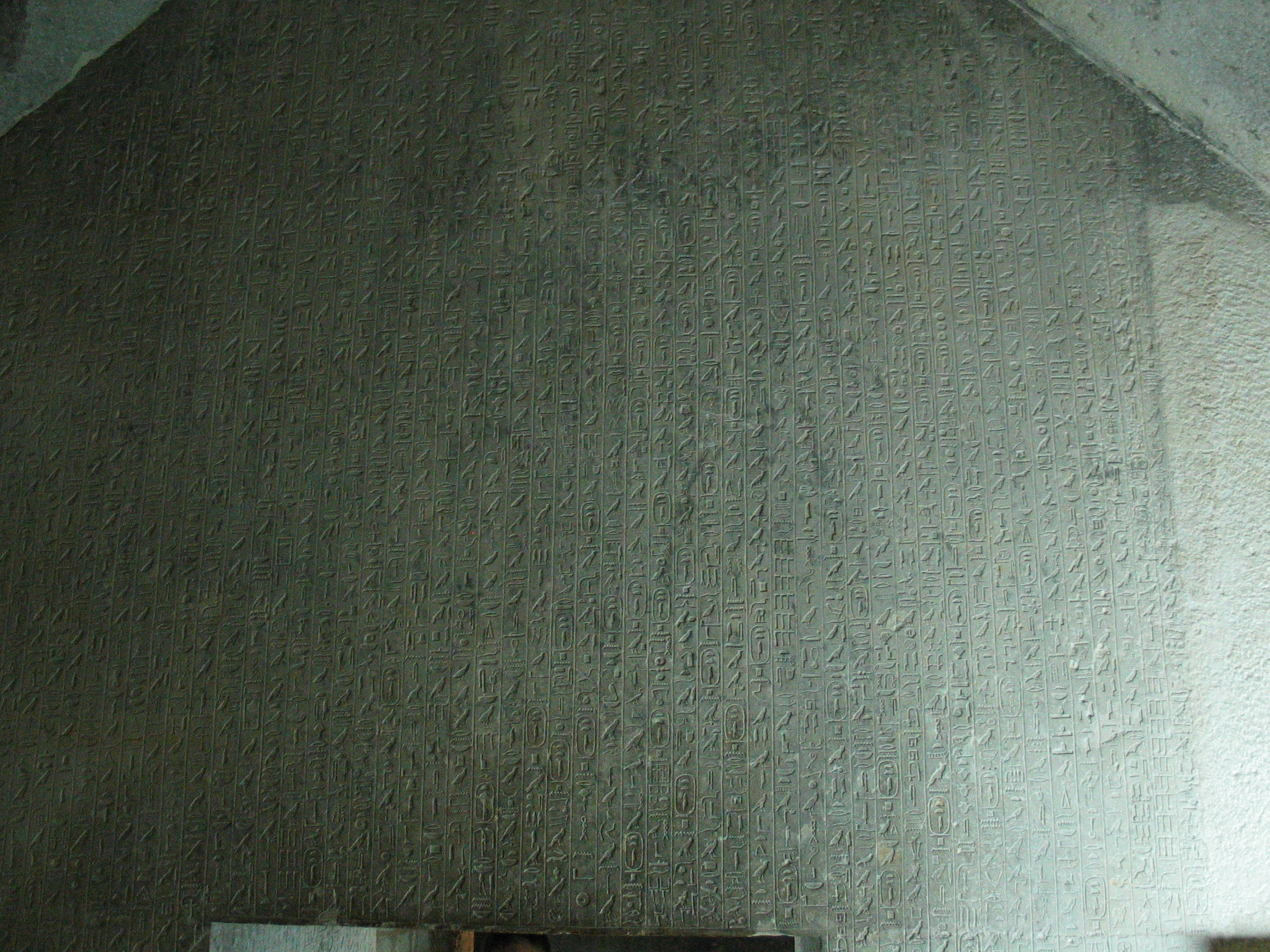|
Weneg (pharaoh)
Weneg (or Uneg), also known as Weneg-Nebty, is the throne name of an early Egyptian king, who ruled during the Second Dynasty. Although his chronological position is clear to Egyptologists, it is unclear for how long King Weneg ruled. It is also unclear as to which of the archaeologically identified Horus-kings corresponds to Weneg. Name sources and contradictions The name "Weneg" is generally accepted to be a ''nebti''- or throne name, introduced by the crest of the Two Ladies (the goddesses Nekhbet and Wadjet) and the sedge-and-bee-crest. Weneg's name appears in black ink inscriptions on alabaster fragments and in inscriptions on schist-vessels. Seventeen vessels bearing his name have been preserved; eleven of them were found in the underground galleries beneath the step pyramid of king Djoser at Sakkara. Egyptologists such as Wolfgang Helck and Francesco Tiradritti point out that all the inscriptions are made in the place of existing inscriptions, which means that the name ... [...More Info...] [...Related Items...] OR: [Wikipedia] [Google] [Baidu] |
Second Dynasty Of Egypt
The Second Dynasty of ancient Egypt (or Dynasty II, c. 2890 – c. 2686 BC) is the latter of the two dynasties of the Egyptian Archaic Period, when the seat of government was centred at Thinis. It is most known for its last ruler, Khasekhemwy, but is otherwise one of the most obscure periods in Egyptian history. Though archaeological evidence of the time is very scant, contrasting data from the First and Third Dynasties indicates important institutional and economic developments during the Second Dynasty. Rulers For the first three pharaohs, sources are fairly close in agreement and the order is supported by an inscription on the statuette of Hetepdief, who served in the mortuary cults of these three kings. But the identity of the next few rulers is unclear. Surviving sources might be giving the Horus name or the Nebty name and the birth names of these rulers. They may also be entirely different individuals, or could be legendary names. This might never be resolv ... [...More Info...] [...Related Items...] OR: [Wikipedia] [Google] [Baidu] |
Wolfgang Helck
Hans Wolfgang Helck (16 September 1914 – 27 August 1993) was a German Egyptologist, considered one of the most important Egyptologists of the 20th century. From 1956 until his retirement in 1979 he was a professor at the University of Hamburg. He remained active after his retirement and together with Wolfhart Westendorf published the German ''Lexikon der Ägyptologie'' (Encyclopedia of Egyptology), completed in 1992. He published many books and articles on the history of Egyptian and Near Eastern culture. He was a member of the German Archaeological Institute and a corresponding member of the Göttingen Academy of Sciences.Warren R. Dawson / Eric P. Uphill / M. L. Bierbrier, ''Who was who in Egyptology'', 3rd edition, The Egypt Exploration Society, London 1995, p. 198 Helck was the son of philologist Hans Helck. He studied at the University of Leipzig under Georg Steindorff and at the University of Göttingen under Hermann Kees, completing his studies in 1938. He was a prisoner ... [...More Info...] [...Related Items...] OR: [Wikipedia] [Google] [Baidu] |
Ninetjer
Nynetjer (also known as Ninetjer and Banetjer) is the Horus name of the third pharaoh of the Second Dynasty of Egypt. The length of his reign is unknown. The Turin Canon suggests an improbable reign of 96 yearsAlan H. Gardiner: ''The Royal Canon of Turin''. Griffith Institute of Oxford, Oxford (UK) 1997, ; page 15 & Table I. and Egyptian historian Manetho suggested that Nynetjer's reign lasted 47 years.William Gillian Waddell: ''Manetho (The Loeb Classical Library, Volume 350)''. Harvard University Press, Cambridge (Mass.) 2004 (Reprint), , page 37–41. Egyptologists question both statements as misinterpretations or exaggerations. They generally credit Nynetjer with a reign of either 43 years or 45 years. Their estimation is based on the reconstructions of the well known Palermo Stone inscription reporting the years 7–21, the Cairo Stone inscription reporting the years 36–44. According to different authors, Nynetjer ruled Egypt from c. 2850 BC to 2760 BC or later from c. 2760 ... [...More Info...] [...Related Items...] OR: [Wikipedia] [Google] [Baidu] |
Abydos, Egypt
Abydos ( ar, أبيدوس, Abīdūs or ; Sahidic cop, Ⲉⲃⲱⲧ ') is one of the oldest cities of ancient Egypt, and also of the eighth nome in Upper Egypt. It is located about west of the Nile at latitude 26° 10' N, near the modern Egyptian towns of El Araba El Madfuna and El Balyana. In the ancient Egyptian language, the city was called Abdju (''ꜣbḏw'' or ''AbDw''). The English name ''Abydos'' comes from the Greek , a name borrowed by Greek geographers from the unrelated city of Abydos on the Hellespont. Considered one of the most important archaeological sites in Egypt, the sacred city of Abydos was the site of many ancient temples, including Umm el-Qa'ab, a royal necropolis where early pharaohs were entombed. These tombs began to be seen as extremely significant burials and in later times it became desirable to be buried in the area, leading to the growth of the town's importance as a cult site. Today, Abydos is notable for the memorial temple of Seti I, ... [...More Info...] [...Related Items...] OR: [Wikipedia] [Google] [Baidu] |
Peribsen
Seth-Peribsen (also known as Ash-Peribsen, Peribsen and Perabsen) is the serekh, serekh name of an Early Dynastic Period of Egypt, early Egyptian monarch (pharaoh), who ruled during the Second dynasty of Egypt, Second Dynasty of Egypt (c. 2890 – c. 2686 BC). His chronological position within this dynasty is unknown and it is disputed who ruled both before and after him. The duration of his reign is also unknown. Peribsen's name is unusual, in that Set (deity), Set, not Horus, was his patron deity. This goes against the Egyptian tradition of a king choosing the falcon-shaped deity Horus as his royal patron. Peribsen's tomb was discovered in 1898 at Abydos, Egypt, Abydos. It was well preserved and showed traces of restoration undertaken during later dynastic periods. Attestations Contemporaneous sources The serekh for Peribsen was found pressed in earthen jar seals made of clay and mud and in inscriptions on alabaster, sandstone, Porphyry (geology), porphyry and black ... [...More Info...] [...Related Items...] OR: [Wikipedia] [Google] [Baidu] |
Igneous
Igneous rock (derived from the Latin word ''ignis'' meaning fire), or magmatic rock, is one of the three main rock types, the others being sedimentary and metamorphic. Igneous rock is formed through the cooling and solidification of magma or lava. The magma can be derived from partial melts of existing rocks in either a planet's mantle or crust. Typically, the melting is caused by one or more of three processes: an increase in temperature, a decrease in pressure, or a change in composition. Solidification into rock occurs either below the surface as intrusive rocks or on the surface as extrusive rocks. Igneous rock may form with crystallization to form granular, crystalline rocks, or without crystallization to form natural glasses. Igneous rocks occur in a wide range of geological settings: shields, platforms, orogens, basins, large igneous provinces, extended crust and oceanic crust. Geological significance Igneous and metamorphic rocks make up 90–95% of the top ... [...More Info...] [...Related Items...] OR: [Wikipedia] [Google] [Baidu] |
Raneb
Nebra or Raneb is the Horus name of the second early Egyptian king of the 2nd Dynasty. The exact length of his reign is unknown since the Turin canon is damaged and the year accounts are lost.Alan H. Gardiner: ''The royal canon of Turin''. Griffith Institute of Oxford, Oxford (UK) 1997, ; page 15 & Table I. Manetho suggests that Nebra's reign lasted 39 years, but Egyptologists question Manetho's view as a misinterpretation or exaggeration of information that was available to him. They credit Nebra with either a 10- or 14-year rule. Attestations Nebra's name appears on several stone vessels, mostly made of schist, alabaster and marble. Most of the bowls were found at Abydos, Giza and Saqqara. The inscriptions contain depictions of cultic buildings such as the ''Ka''-house, depictions of deities such as Bastet, Neith and Seth and also the mentionings of cultic feasts. All found objects present Nebra's name either together with that of his predecessor Hotepsekhemwy or with his ... [...More Info...] [...Related Items...] OR: [Wikipedia] [Google] [Baidu] |
Jochem Kahl
Jochem Kahl (born 1961) is a German Egyptologist. A native of Ravensburg, Kahl studied undergraduate history and Greek at the University of Tübingen from 1983 to 1984 and then Egyptology, Classical Archeology and Pre- and Early History at Münster, Tübingen and Vienna between 1984 and 1990. Kahl undertook his doctorate with the study "The System of Egyptian Hieroglyphic Writing in the 0th - 3rd Dynasty" between 1992 to 1998. From 1998 to 2004 he was a university lecturer at the Institute for Egyptology and Coptology at the University of Münster. In 2004 he was given a professorship at the University of Münster and in 2006 a professorship at University of Mainz. He is currently at Free University of Berlin. He leads the excavations at Assiut and the surrounding area in Central Egypt and has been a professor at the Free University of Berlin since October 2008. Kahl is a member of the German Archaeological Institute The German Archaeological Institute (german: Deutsches Arc ... [...More Info...] [...Related Items...] OR: [Wikipedia] [Google] [Baidu] |
Raneb Bm
Nebra or Raneb is the Horus name of the second early Egyptian king of the 2nd Dynasty. The exact length of his reign is unknown since the Turin canon is damaged and the year accounts are lost.Alan H. Gardiner: ''The royal canon of Turin''. Griffith Institute of Oxford, Oxford (UK) 1997, ; page 15 & Table I. Manetho suggests that Nebra's reign lasted 39 years, but Egyptologists question Manetho's view as a misinterpretation or exaggeration of information that was available to him. They credit Nebra with either a 10- or 14-year rule. Attestations Nebra's name appears on several stone vessels, mostly made of schist, alabaster and marble. Most of the bowls were found at Abydos, Giza and Saqqara. The inscriptions contain depictions of cultic buildings such as the ''Ka''-house, depictions of deities such as Bastet, Neith and Seth and also the mentionings of cultic feasts. All found objects present Nebra's name either together with that of his predecessor Hotepsekhemwy or with his ... [...More Info...] [...Related Items...] OR: [Wikipedia] [Google] [Baidu] |
Death Deity
Many have incorporated a god of death into their mythology or religion. As death, along with birth, is among the major parts of human life, these deities may often be one of the most important deities of a religion. In some religions in which a single powerful deity is the object of worship, the death deity is an antagonist against whom the primary deity struggles. The related term death worship has most often been used as a derogatory term to accuse certain groups of morally abhorrent practices which set no value on human life. In monotheistic religions, death is commonly personified by an angel or demon instead of a deity. Occurrence In polytheistic religions which have a complex system of deities governing various natural phenomena and aspects of human life, it is common to have a deity who is assigned the function of presiding over death. This deity may actually take the life of humans or, more commonly, simply rule over the afterlife in that particular belief system (a sin ... [...More Info...] [...Related Items...] OR: [Wikipedia] [Google] [Baidu] |
Weneg (Egyptian Deity)
Weneg (also read as Uneg) was a sky and death deity from ancient Egyptian religion, who was said to protect the earth and her inhabitants against the arrival of the "great chaos". Mythology The first known mention of a god named Weneg appears in a spell from the Pyramid Texts from the Sixth Dynasty, where he is described both as a death deity and as the deceased king. He is addressed as "Son of Ra". The texts contain several prayers asking that the king receive safe travel across the sky together with Ra in his celestial barque. The king is addressed by the name of Weneg.Christian Leitz u.a.: ''Lexikon der ägyptischen Götter und Götterbezeichnungen''., ''vol. 7''. Peeters, Leuven 2002, , S. 418. PT 363; column 607c–d: ''Ra comes, ferry the king over to yonder side,'' ''as thou thy follower over,'' ''the wng-plant, which thou lovest!'' PT 476; column 952a–d: ''O thou keeper of the way of the king, who art at the great gate,'' ''certify the king to these two grea ... [...More Info...] [...Related Items...] OR: [Wikipedia] [Google] [Baidu] |
Pyramid Texts
The Pyramid Texts are the oldest ancient Egyptian funerary texts, dating to the late Old Kingdom. They are the earliest known corpus of ancient Egyptian religious texts. Written in Old Egyptian, the pyramid texts were carved onto the subterranean walls and sarcophagi of pyramids at Saqqara from the end of the Fifth Dynasty, and throughout the Sixth Dynasty of the Old Kingdom, and into the Eighth Dynasty of the First Intermediate Period. The oldest of the texts have been dated to c. 2400–2300 BCE. Unlike the later Coffin Texts and Book of the Dead, the Pyramid Texts were reserved only for the pharaoh and were not illustrated. The use and occurrence of Pyramid Texts changed between the Old, Middle, and New Kingdoms of Ancient Egypt. During the Old Kingdom (2686 BCE – 2181 BCE), Pyramid Texts could be found in the pyramids of kings as well as three queens, named Wedjebten, Neith, and Iput. During the Middle Kingdom (2055 BCE – 1650 BCE), Pyramid Texts were not written in t ... [...More Info...] [...Related Items...] OR: [Wikipedia] [Google] [Baidu] |




.jpg)





